Name: Luke Church
Experience: Over 12 years Carp Angling
Favourite Lake: St Johns – Linear Fisheries
All-Time Best Bait: CC Moore Northern Specials
My Number One Rig Is: Zig Rig
Weirdest Thing You’ve Seen a Carp Do? Chase a duck in a small bay until the duck decided enough was enough and flew away – the Carp seemed very happy after it won the chase.
How much attention do you pay to the overall rig mechanics, for example the Hair and separation between hook and bait?
I like to be very precise with each rig I make, ensuring that everything is perfect so the mechanics of the rig will time after time work efficiently and do the job I expect it to do – hook the fish! There are a lot of things to think about when tying a rig; size of the hook, shrink tube, rig rings, silicone tubing, length, suppleness or stiffness, hair length etc., but I believe making sure each rig you make suits the fishing situation you are in and when prepping your rigs, breaking down each mechanical part of the rig to maximise your hooking efficiency is key.
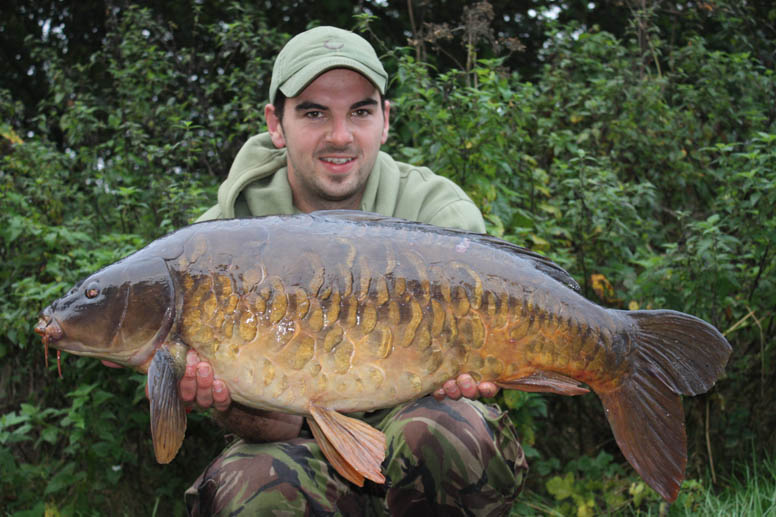
Short or long hooklinks, these tend to be quite uniform, but do you ever use hooklinks of say twelve-inches or more, and if so why or why not?
On plenty of occasions I have used ‘longer’ hooklinks and there are a few different reasons for this. I would be tempted to use this length of rig when fishing a lake bed which consists of a lot of bottom debris such as thick silt, but mostly when I would use a rig of this length it would be when I am fishing in and around weed. There are many different approaches to fishing weedy lakes, but I sometimes like to fish very light leads and long hooklinks, with the theory of the rig just lightly settling on top of any weed that is present in the area I am fishing. Another reason I might be tempted to use longer rigs, would be if I was fishing at a very long range. I sometimes lengthen my rig to help me be certain of the rig not tangling when I cast as you can see the rig in flight a lot easier, this is something I am very cute on, watching my rigs through the air and being totally happy that the rig isn’t tangled when on the bottom. Another possible reason why I would use a long hooklink would be if I knew that the fish in the lake were ‘spooky’ – by lengthening the rig it would mean the hookbait would be presented a lot further away from the lead.
Hook sharpening has become extremely in-vogue, but do you sharpen your hooks or use them as they come straight from the packet?
In the past I have always used a fresh hook out of the packet and making sure before every cast I do, the hook is super sharp and I wouldn’t send it out into the lake otherwise. I always thought about getting a hook sharpener, but never really believed it could make the hook much sharper then when it comes straight from the packet. This was until around five or six months ago when I got my hands on one of the awesome Point Doctor hook sharpener from Gardner. This bit of kit is now something I will never go fishing without. Depending on the fishing situation I am in I will still generally use a hook straight from the packet as all of the Gardner hooks that I use are razor sharp and I am uber confident using them. When fishing in a match situation or when I am getting a lot of bites during a session and if a hook doesn’t seem as sharp then I will take a moment to give it a quick sharpen, which then makes it incredibly sharp and ready to go again within minutes.
Do you think hook size makes a difference to a rigs efficiency? Do you like large or small, or opt for the national favourite that seems to be a size 6?
Yes I do think the size of a hook makes a difference to a rigs efficiency, depending on the size of the bait you are using and for the type of rigs you are using depending on the fishing situation you are in – it may vary! For instance if I were to be fishing a snowman rig consisting of a 16mm bottom bait plus a 14mm pop up then with the size of this bait I would never use a small hook such as a size 10 or 12 as it just doesn’t balance out with the hooking ability of the rig so a bigger hook of 6 or 8 would suit this much better.
I usually like to keep my hook size as small as I can get away with, my favourite hook being the ever popular size 10 Covert Continental Mugga from Gardner which suits most of my bottom bait and pop up fishing and are a slightly larger size 10 than most on the market. As I mentioned about fishing situations, this could be when surface fishing, we like to try and keep the hook a lot smaller so there is less chance of the fish seeing it, a size 10 or 12 would be preferred to a size 6 or bigger. If I was fishing for bigger fish abroad for instance then I would be inclined to step up my hook size to a 6 or 4 to adjust for the size of the fish and their bigger mouths.
What size lead do you use? Again, do you think there are benefits from very light leads or extra heavy leads of 5oz and over?
The size of the lead I use varies, normally depending on the range I am fishing. So again it’s all about balancing out your tackle I believe. Obviously if I was to be fishing over 100 yards then I wouldn’t be using a 1oz lead, I would choose something like 3oz and above to help me hit the distance I am trying to reach.
I think there are benefits of using light leads when possible, the lighter the better really, simply because fishing lakes are so heavily pressured, the fish soon wise up to when anglers are fishing for them and they tend to vacate the area of a lake where they are regularly being cast at. If fishing a quiet bay somewhere I would definitely not be casting 3oz leads around to find my spots. It’s been proven that bigger leads can be a benefit for increased hooking efficiency if fished drop off style and placed out into the lake via a rowing boat or bait boat which neither I have ever used. I am confident enough with the mechanics of my rigs, that if it got picked up even with no lead I would like to think eight or nine times out of 10 that I would get a hook hold, yet again this could depend on how ‘crafty’ the fish are.
How conscious are you of a carp’s ability to suss the lead, and what, if any measures do you take to get the lead to blend in as close to the lakebed?
I think sometimes as anglers we give the fish more credit then we should as they are just fish after all, but some of these fish have been caught over and over again and they have learnt to distinguish what rigs are and account them as danger and this can make them incredibly hard to catch, so sometimes we have to think about this in our fishing and do what we can to increase our chances of catching. If and when I can, I will always try and match my lead colour as near to the lake bed to camouflage the rig as best as possible which will hopefully give me more opportunity of catching. We have to do everything we can to maximise our chances.

Running leads seem to have died a death and yet they can offer improved bite indication and also knock a carp off kilter, do you ever use them and when?
It has been proven that they are very effective rigs, but I don’t ever use them! I don’t know why really, I guess it’s just the fact that, with the rigs I use I have caught everywhere I have been and never really felt the need to change.
There are numerous leadcores, lead-frees and anti-tangle tubings available but do you stick with one type or at times do you opt for one over the others in certain situations, and if so why?
I have spells in my fishing when I change the type of leader I use. Most of the time if I can, my leaders are made up of 25lb Mirage fluorocarbon from Gardner because this line is very strong and practically invisible on the lake bed and I believe the fish can never see it. If I find myself fishing anywhere with lots of snags or bars I will use leaders made up of 20lb Plummet leadcore from Gardner as it’s very reliable, it’s strong, sinks like a brick and the small diameter is much better for presenting on the lake bed enabling me to greater my chances of catching, I will change the colour of the leadcore depending on the lakebed.
If you critically balance your hookbait, how do this and what do you dictate as what is critical?
I adjust my rig components accordingly to the hookbait I’m trying to present. So if I have a very buoyant pop up then I may have to adjust the size of shot I use on my rig along with the rig putty I use so it counteracts the weight of the bait. Another way of counteracting would be when fishing snowman rigs as I mentioned before a bigger hook helps the hooking ability and to get the balance correct. In all honesty most of my ‘critically balanced’ rigs/baits – I like to use wafters. The reason being is I can get away without using any shot or putty on the rig, I just have to find the correct size and weight of hook to counteract the bait allowing the rig to lay a lot more naturally. I would say a critical bait is when it is presented on the lakebed, not waving around too much when the fish are feeding on the spot, laying naturally, but more buoyant than the other baits which when picked up by the fish it will go into the fishes mouth a lot quicker than the others creating a good chance of a hook hold.
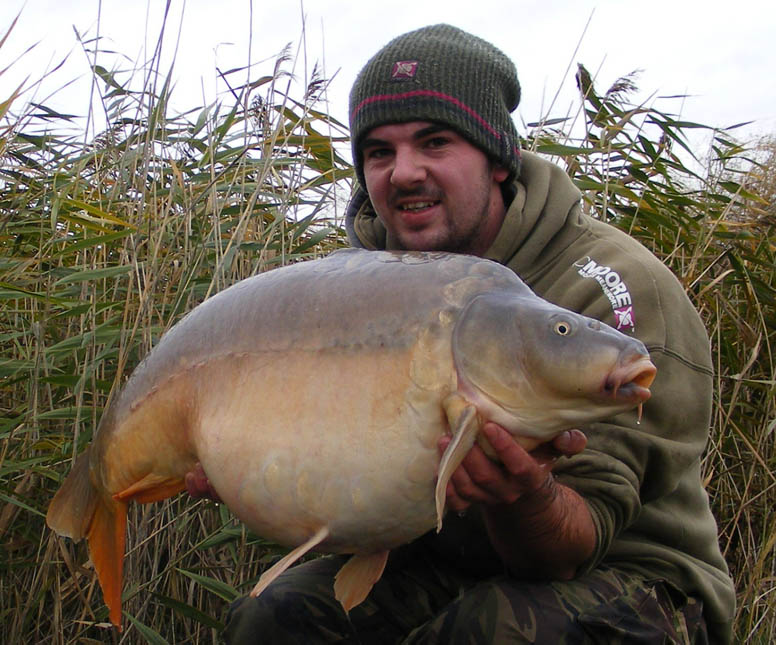



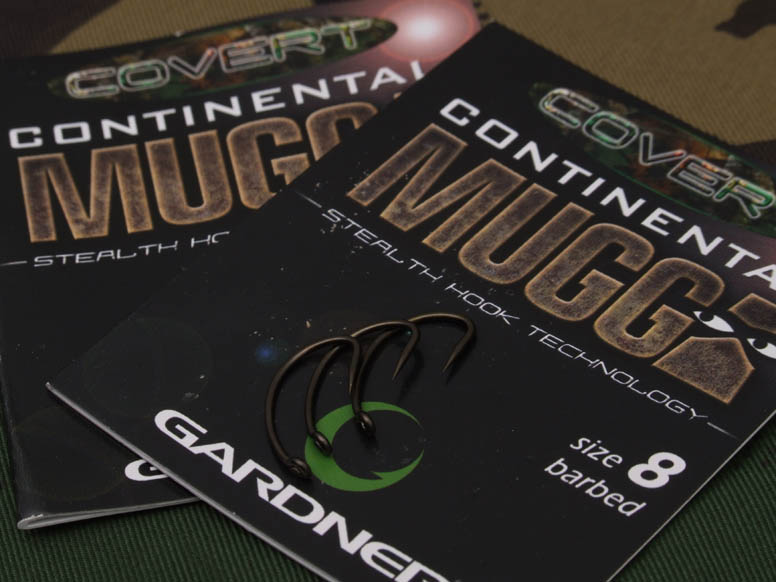

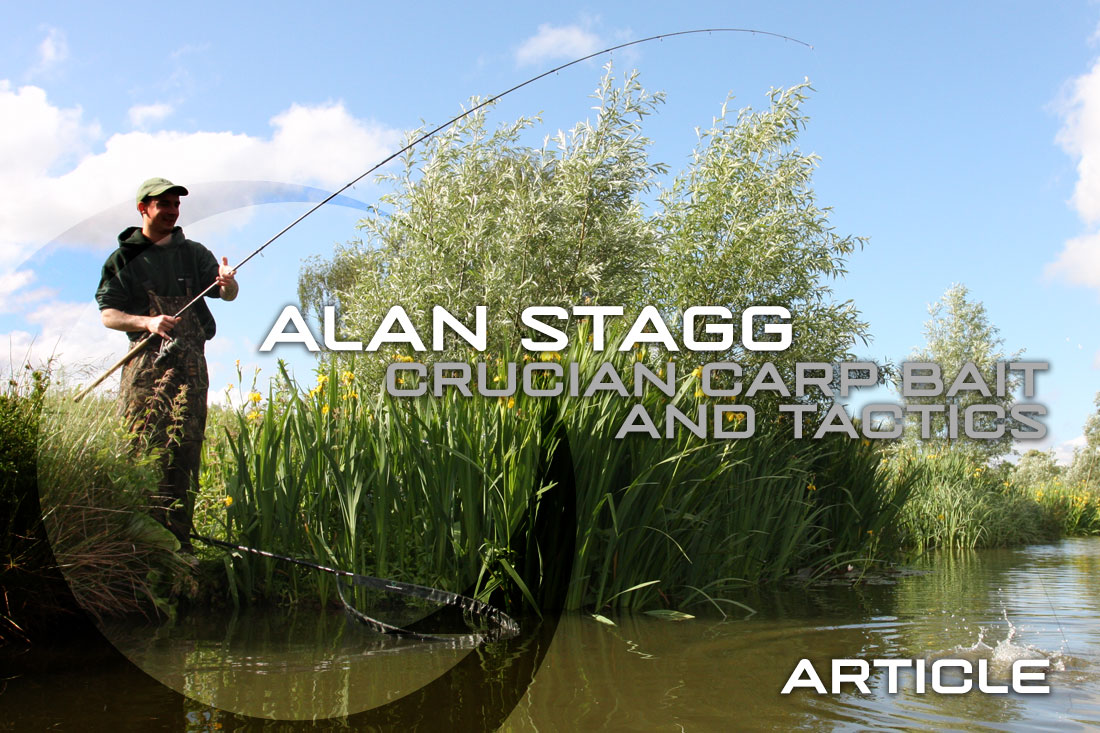
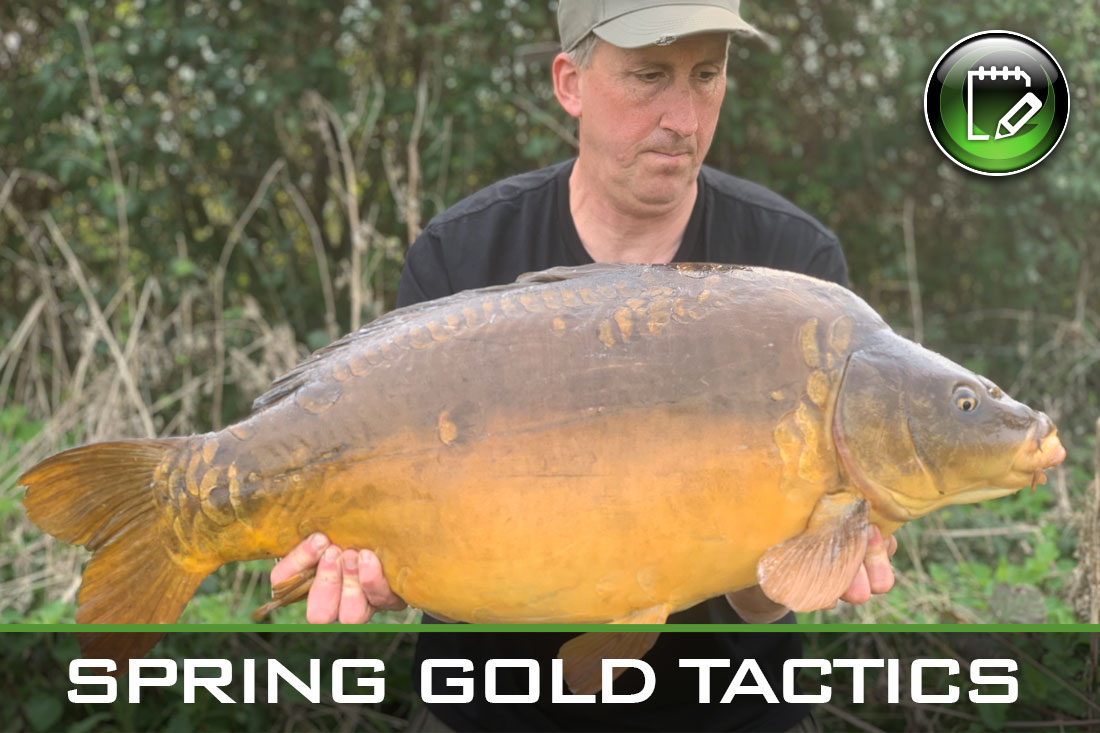
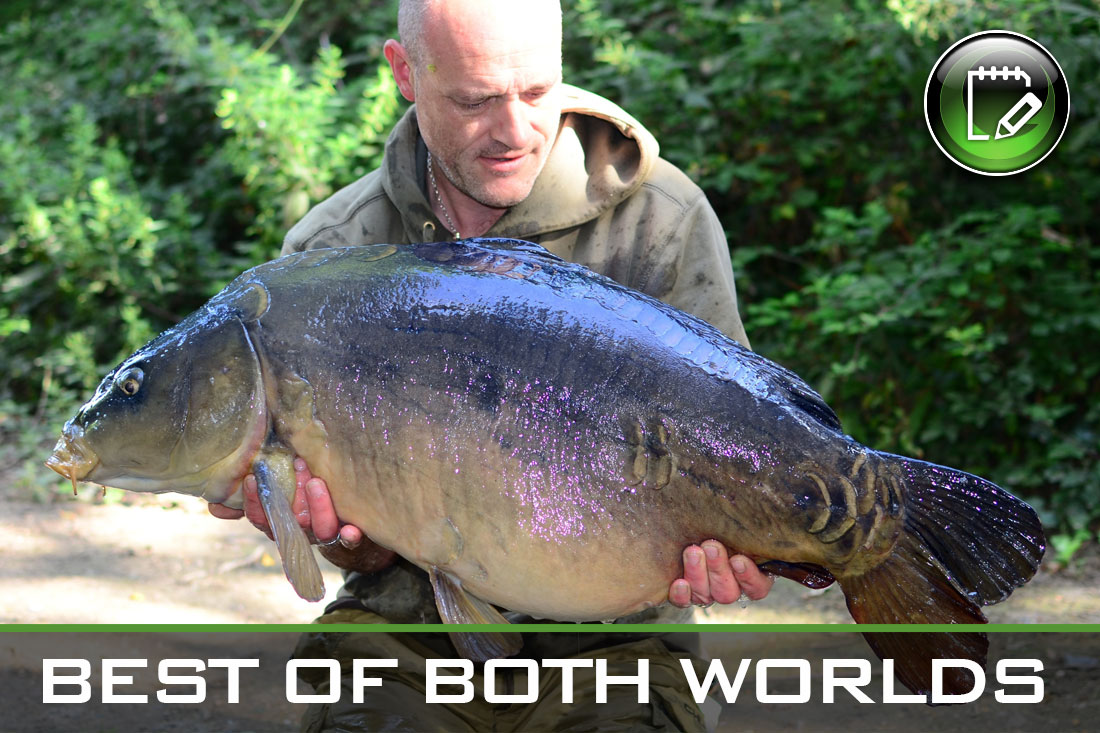
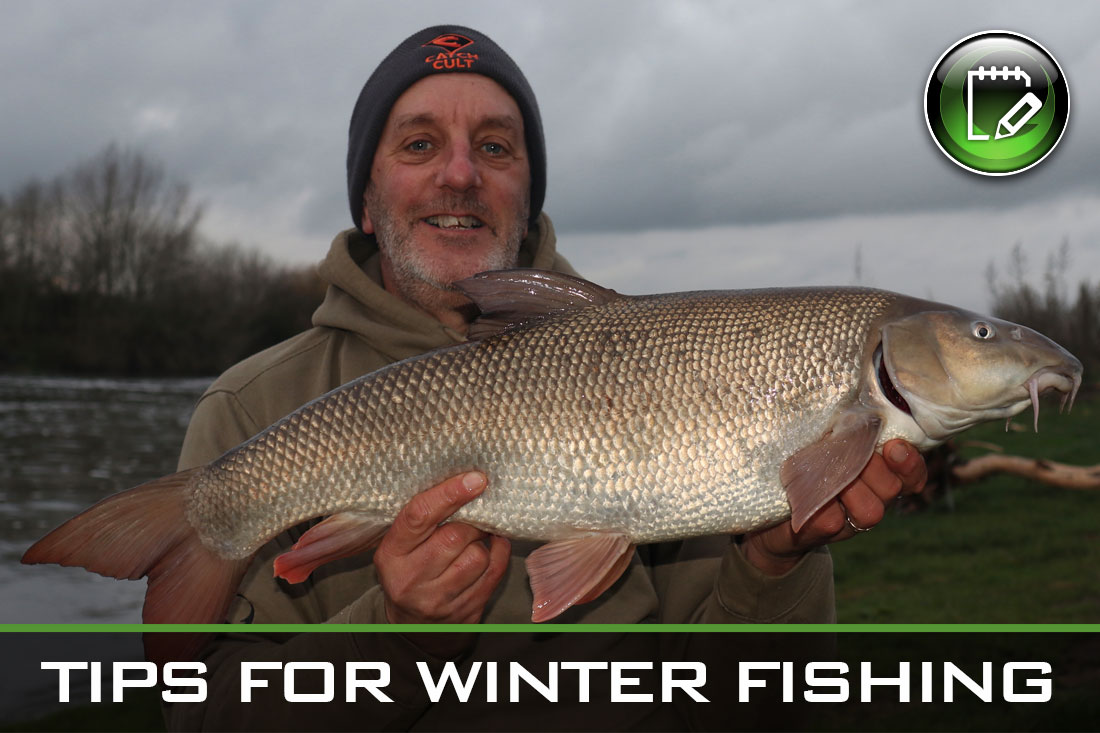
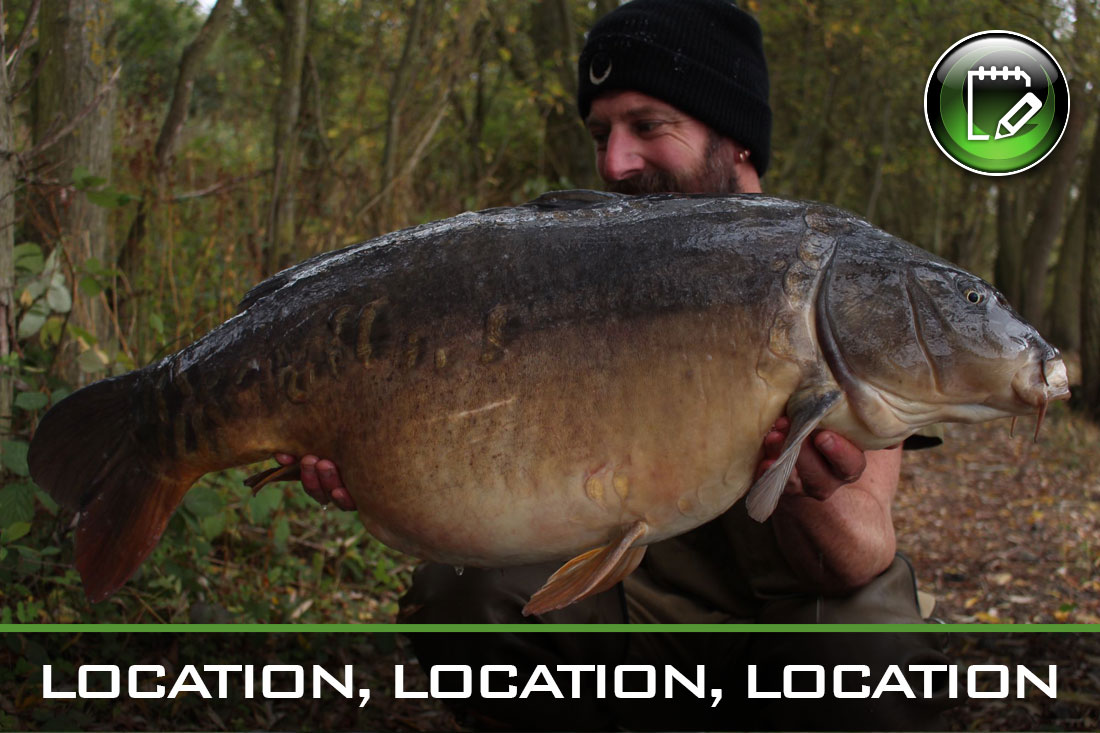
Very well put your comments totally agree well done .